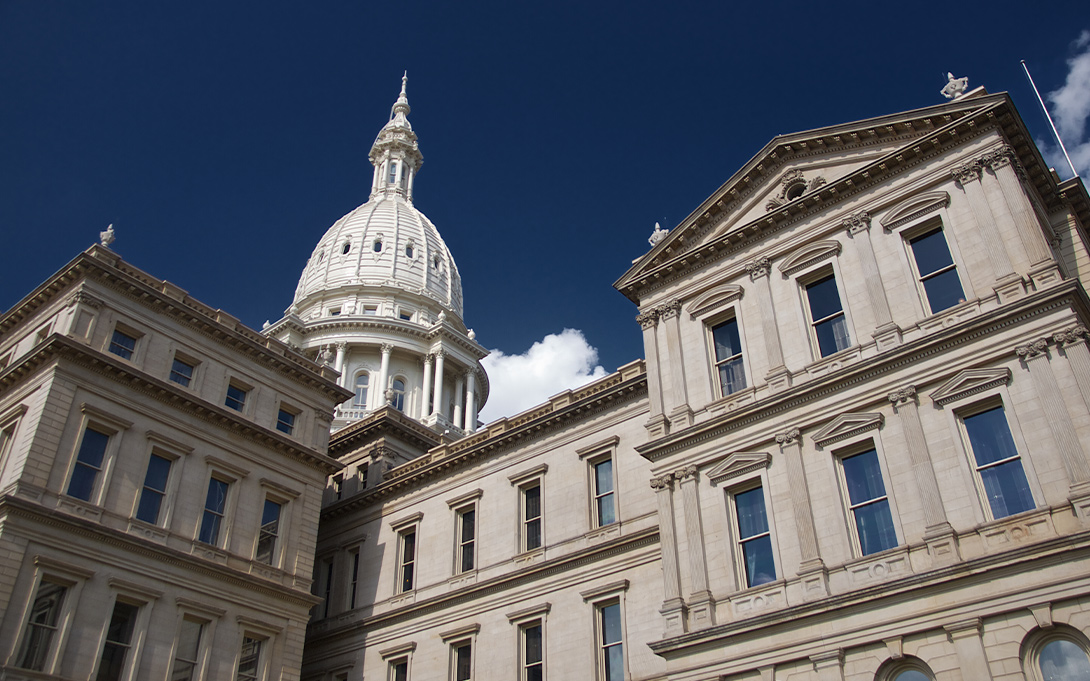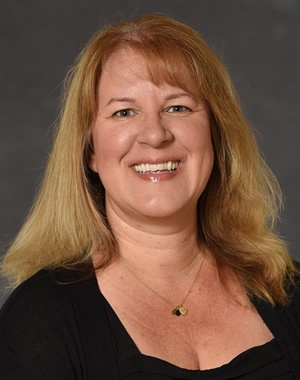
Statewide, two-thirds of local government leaders say their government’s workforce is generally reflective of the community’s racial and/or ethnic composition and three-quarters say it is reflective of the community’s gender makeup. These assessments are based on statewide surveys of local government leaders in the spring 2022 wave of the Michigan Public Policy Survey (MPPS) — conducted between April 4 and June 6, 2022 – and align closely with those of local government leaders across the country.
The survey, conducted by the Center for Local, State, and Urban Policy (CLOSUP), found a disparity between rural and urban areas. Local officials who describe their jurisdiction as fully rural (75%) and mostly rural (68%) are significantly more likely to say their local government workforce is reflective of the community’s racial/ethnic composition, whereas nearly half (49%) of officials from Michigan’s fully urban jurisdictions believe their government’s workforce is not as representative of the community’s racial composition as it could be.
“These findings seem to make sense, as Michigan’s rural communities are generally more homogeneous than urban areas, which tend to be more racially and ethnically diverse ,” according to Debra Horner, MPPS senior program manager.
Relatively few Michigan local governments have specific policies or practices for recruiting or retaining a workforce reflective of the community. As of 2022, only 11% of local governments report having policies or practices for recruiting or retaining a workforce that is reflective of its community, including 21% of cities, 13% of counties, and 9% of villages and townships. This increases to 30% in the state’s urban communities.
Respondents to the Spring 2022 wave include county administrators, board chairs, and clerks; city mayors, managers, and clerks; village presidents, managers, and clerks; and township supervisors, managers, and clerks from 1,327 jurisdictions across the state, resulting in a 71% response rate by unit.
